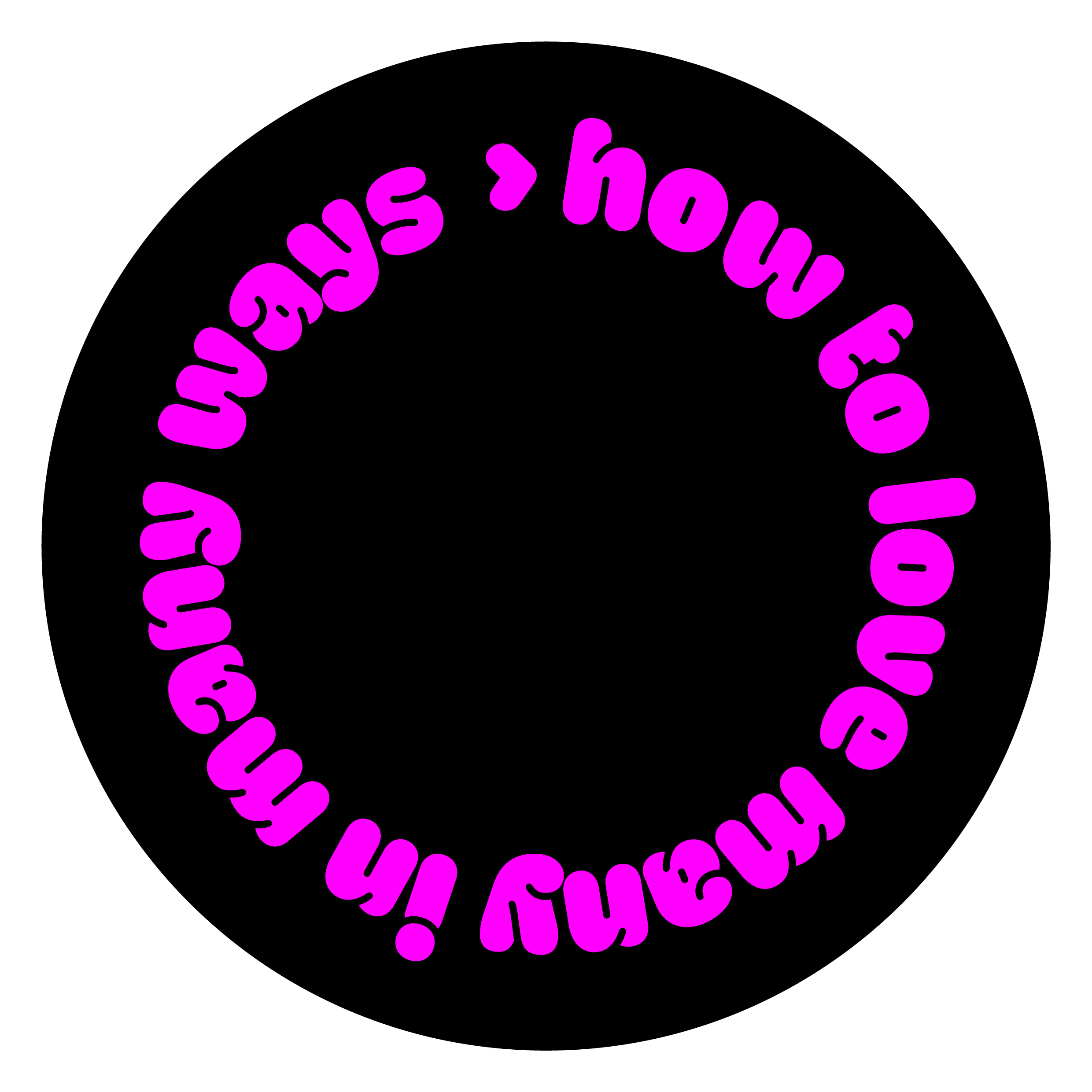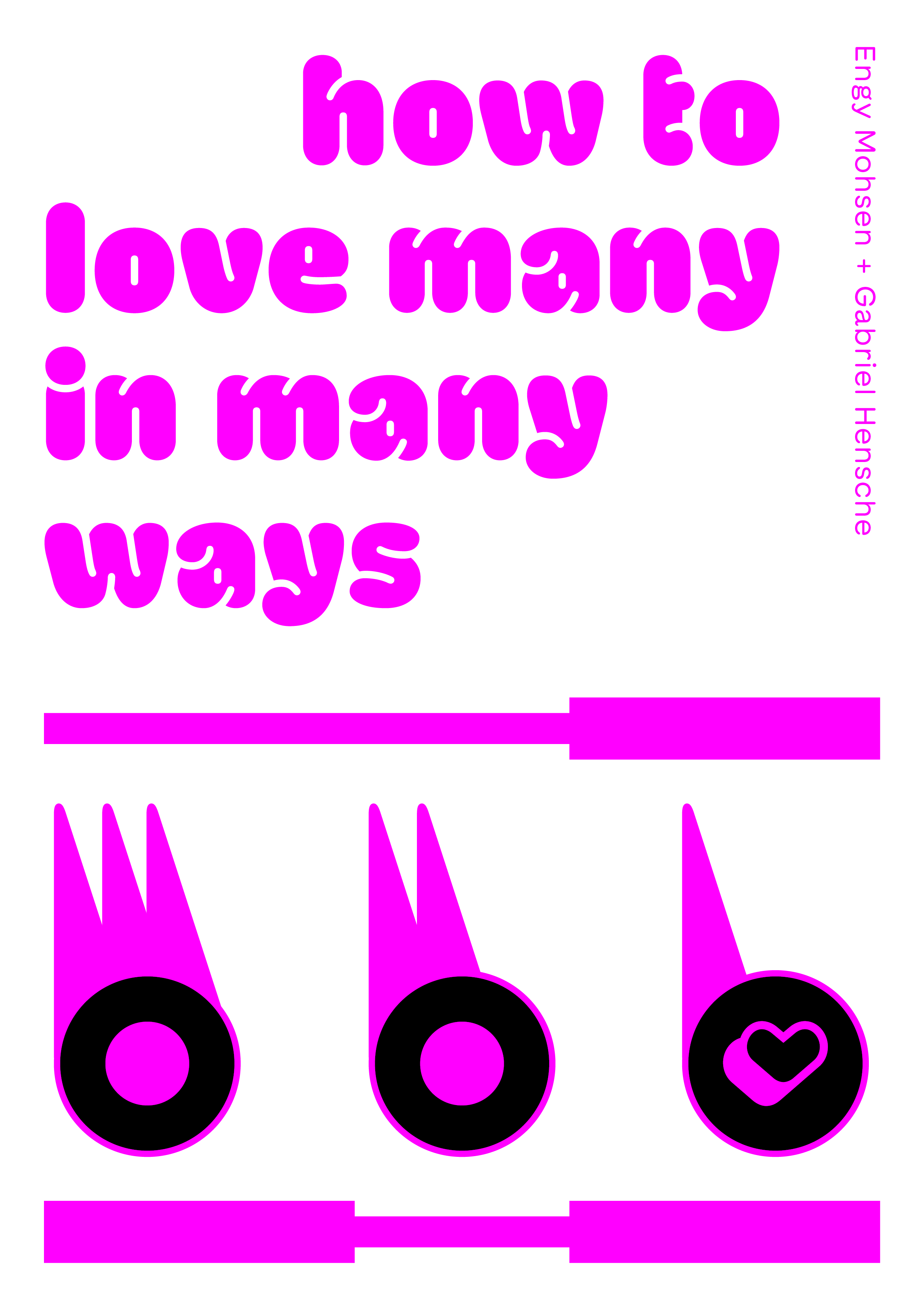![]()
Players: 1 - 20 players
Duration: >60 minutes
About
Starting from the claim that one can intentionally perform falling in love (and subsequently fall out of love), How to Love Many in Many Ways is a set of exercises that playfully invite you to enact various rituals with many options of potential players. In this case, _____ can be one of three players: Yourself, Other/s, and Other Other/s. Every question can start by loving and caring for Yourself as a core nucleus for the process of relating. Moving on, you experience connecting with the Other/s in ways that you may or may not have attempted before. And eventually you can push further and extend this awareness to become more attentive to different bodies and Other Other/s around you. How to Love Many in Many Ways is largely based on games and exercises already familiar since childhood. Yet it tries to make your experience strange and unfamiliar, and to weird the ways you interact with Yourself, Other/s, and Other Other/s. Love here is thought of as a wide spectrum of emotions that allow us to relate to ourselves, everyone, everything, and anything. These can include, and are not limited to, empathy, humor, embodiment, affection, annoyance, fondness, attachment, absurdity, attraction, desire, yearning, intimacy, patience, and reverence.
Downloads
︎︎︎ HTLMIMW_About.pdf
︎︎︎
HTLMIMW_How-to-Play.pdf
︎︎︎
HTLMIMW_Cards.pdf
︎︎︎
HTLMIMW_Board.pdf
Engy Mohsen is an artist and curator living in Cairo. Her work examines notions of ‘participation’ and ‘collectivity’ by creating frameworks that invite non-artists and artists to think about how spaces can be organized to include the ‘other’. While spatial thinking remains at the core of her interdisciplinary practice, she works—solo and collaboratively—with text, drawing, photography, performance, and conversation as a medium. Mohsen is one of the five founding members of K-oh-llective
︎ ︎
Gabriel Hensche
is an artist living in Berlin. He works with moving image, performance, and constructed situations that explore possibilities for community and co-existence in the face of current technological developments. He creates exercises, rituals and games collectively with other artists sharing the belief that ‘play’ can be a destabilising action that loosens the social code and potentially revivifies habituated, reflex-tending forms of life. Because collaboration and dialogue are driving forces in his artistic work, he has been helping to establish Campus Gegenwart, a center for transdiciplinary play and networking in practice and reflection at The State University of Music and Performing Arts Stuttgart.
︎ ︎


